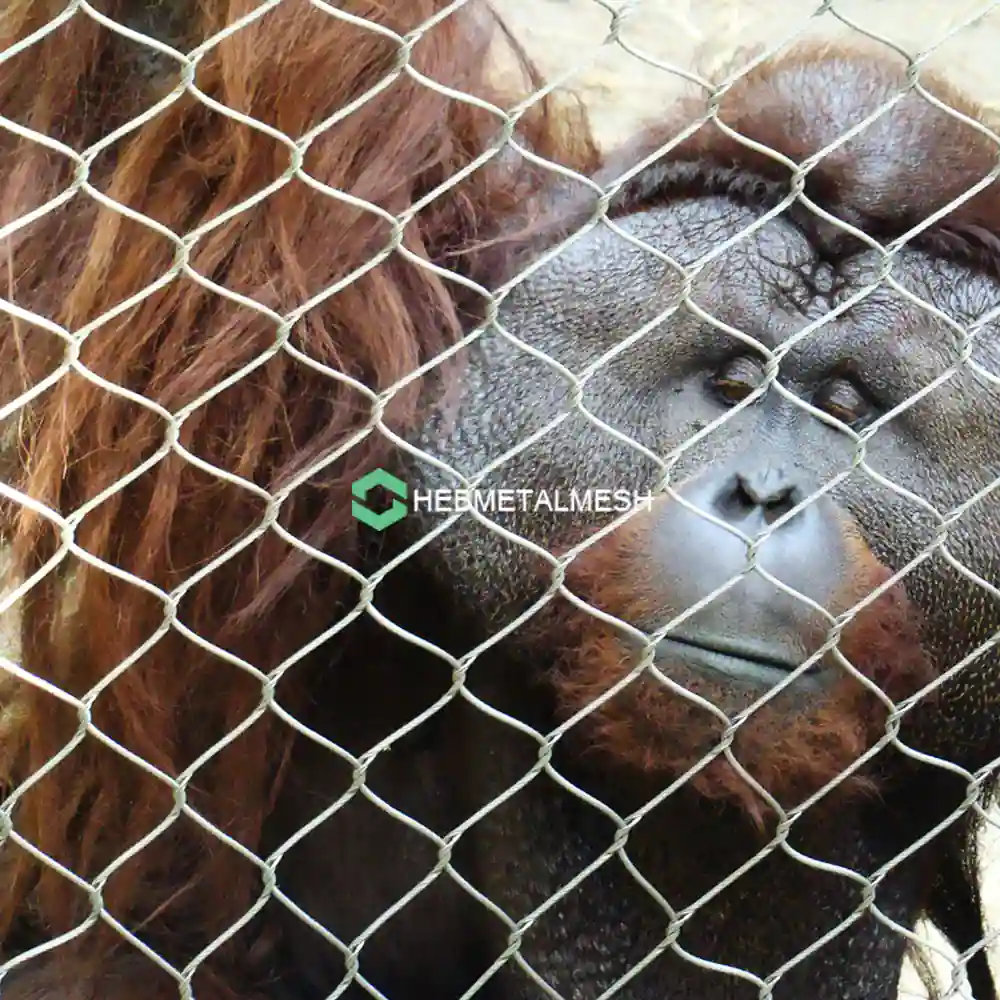Zoos are beloved by people of all ages for the opportunity they provide to see exotic animals up close. However, with this privilege comes the responsibility of ensuring the safety of both the animals and the visitors. One critical aspect of zoo safety is the use of netting to protect against animal escapes and visitor injuries. In this blog post, we’ll explore the importance of netting in zoos and how it works.

Why Netting is Important in Zoos
Zoos are designed to provide a natural habitat for animals while also allowing visitors to view them up close. However, this arrangement can sometimes lead to dangerous situations. For example, if an animal were to escape its enclosure, it could cause harm to visitors or other animals. Additionally, visitors may inadvertently throw objects into enclosures, which can injure or kill animals.
Netting is an effective solution to these problems. It provides a physical barrier that prevents animals from escaping their enclosures and keeps visitors from throwing objects in. Additionally, netting can be used to create elevated walkways and viewing platforms, which allow visitors to view the animals from a safe distance.
How Netting Works in Zoos
There are several types of netting used in zoos, each with its own unique properties and benefits. Here are some of the most common types of netting used in zoos:
Knotted Netting
Knotted netting is a type of netting that is made by knotting individual strands of rope together. This type of netting is strong and durable, making it an excellent choice for containing large animals. Additionally, knotted netting can be customized to fit any enclosure size or shape.
Knotless Netting
Knotless netting is made by weaving individual strands of rope together. This type of netting is lightweight and flexible, making it ideal for creating elevated walkways and viewing platforms. Additionally, knotless netting is less visible than knotted netting, which can create a more natural-looking enclosure.
Mesh Netting
Mesh netting is made by weaving strands of rope together to create a grid-like pattern. This type of netting is ideal for smaller animals or enclosures where visibility is important. Additionally, mesh netting can be customized to fit any enclosure size or shape.
Conclusion
Netting is an essential component of zoo safety. It provides a physical barrier that prevents animals from escaping their enclosures and keeps visitors from throwing objects in. Additionally, netting can be used to create elevated walkways and viewing platforms, which allow visitors to view the animals from a safe distance. With the right type of netting, zoos can create a safe and enjoyable experience for both animals and visitors alike.
More Ideas
We recommend our zoo mesh netting for zoos due to its high quality, safety, and durability. Our products are designed to meet the unique needs of zoos and provide a safe and enjoyable experience for both animals and visitors.
Our zoo mesh netting for zoos is designed to be as unobtrusive as possible while still providing a safe barrier for both animals and visitors. The netting is made with a knotless weave, which makes it less visible and blends in more with the environment. This allows visitors to view the animals without any obstruction.
The netting we provide is designed to have minimal impact on animal behavior. It is made with materials that are safe for animals and does not interfere with their natural movements or behaviors. In fact, the netting can even provide enrichment opportunities for some animals by allowing them to climb or interact with it
The safety of animals is our top priority, and our netting is designed with this in mind. We use high-quality materials that are strong and durable, yet soft and flexible enough to prevent injury to animals. Additionally, our netting is rigorously tested to ensure it meets safety standards and regulations.

